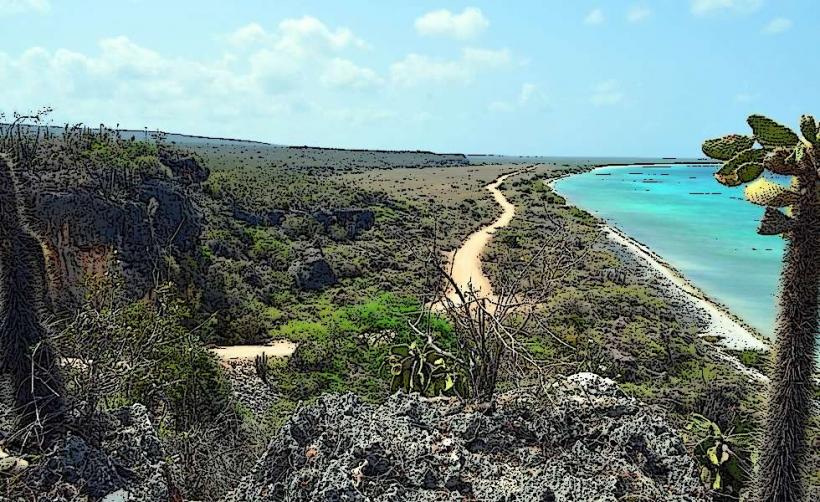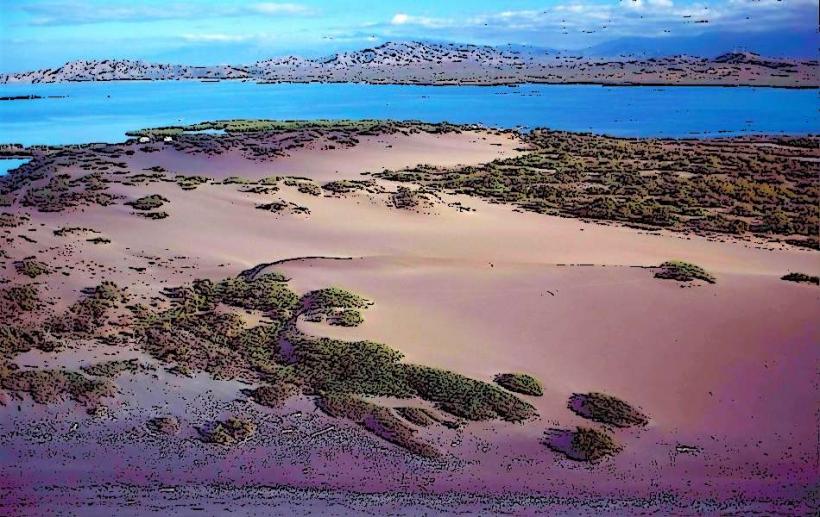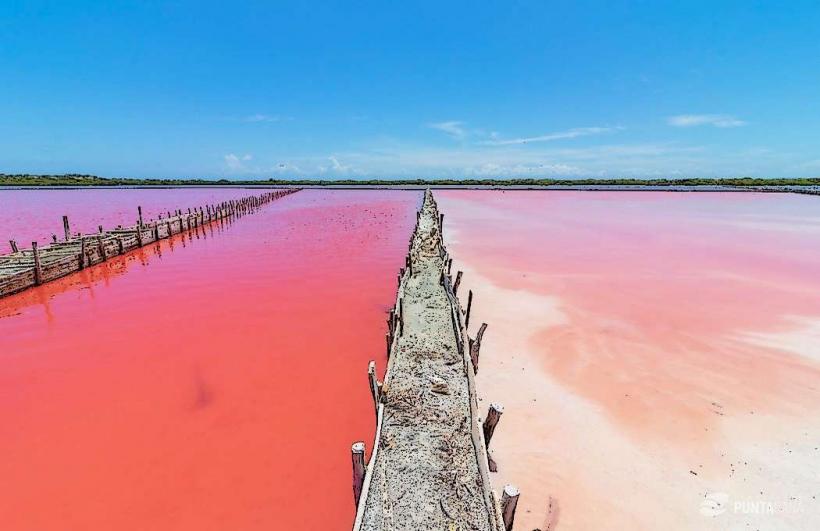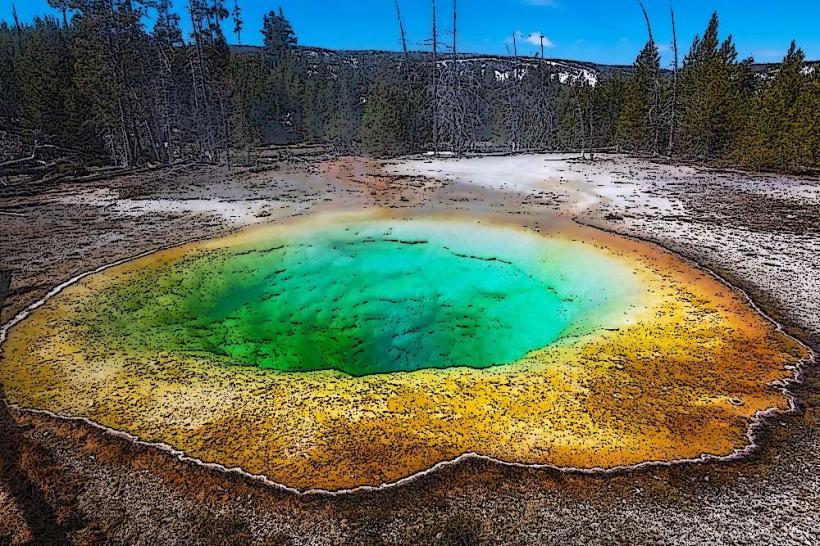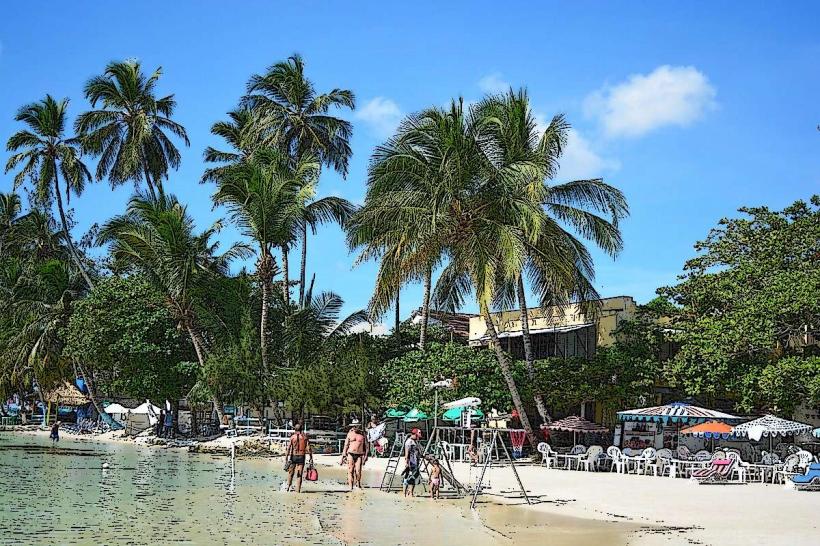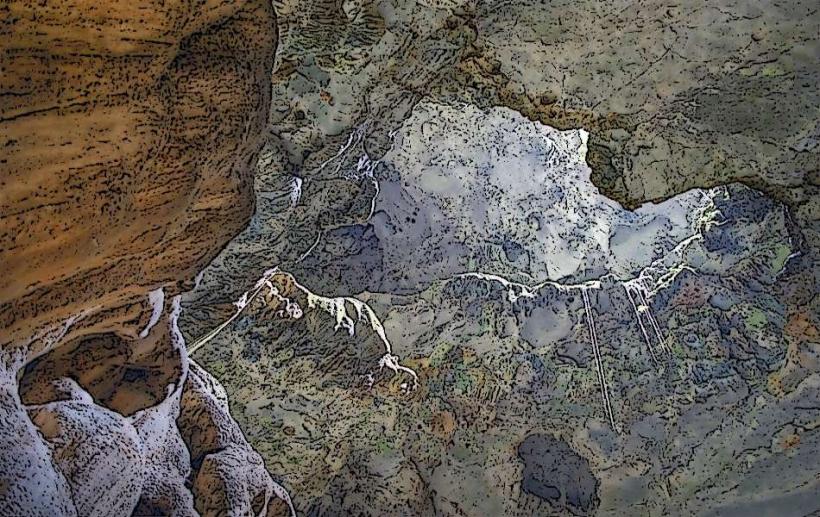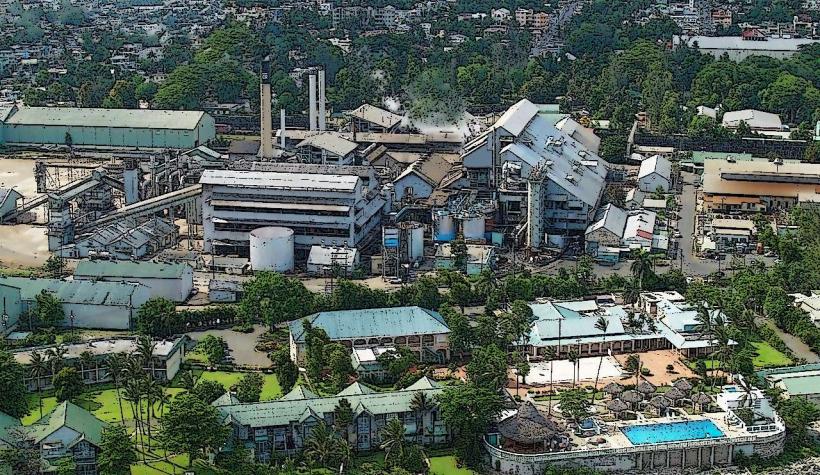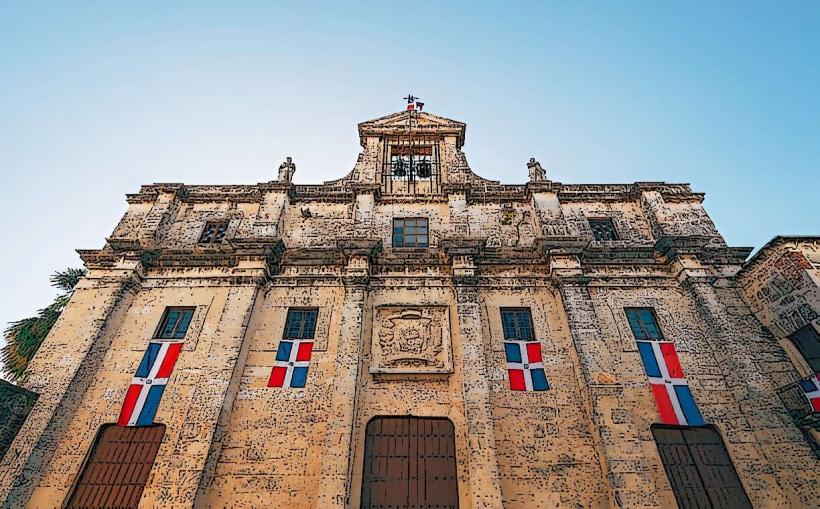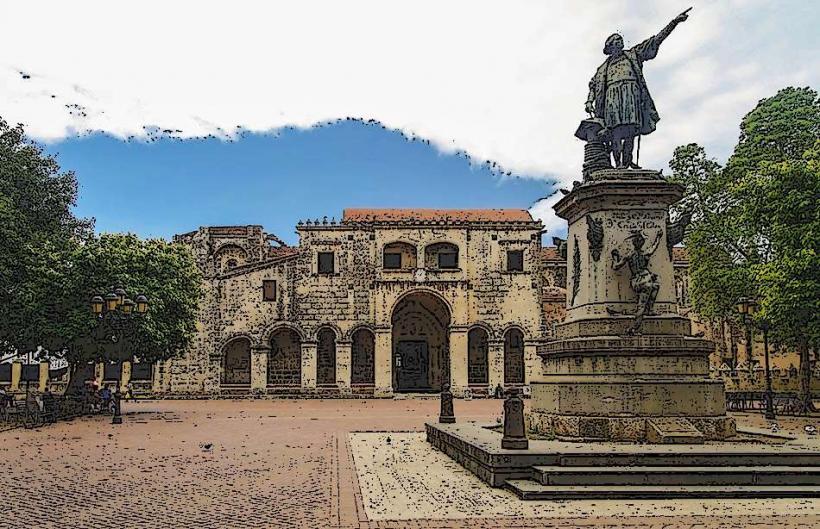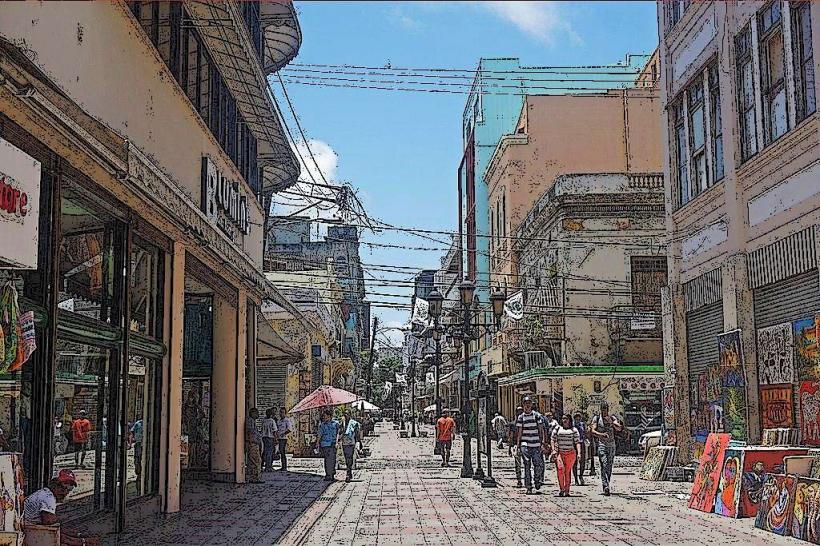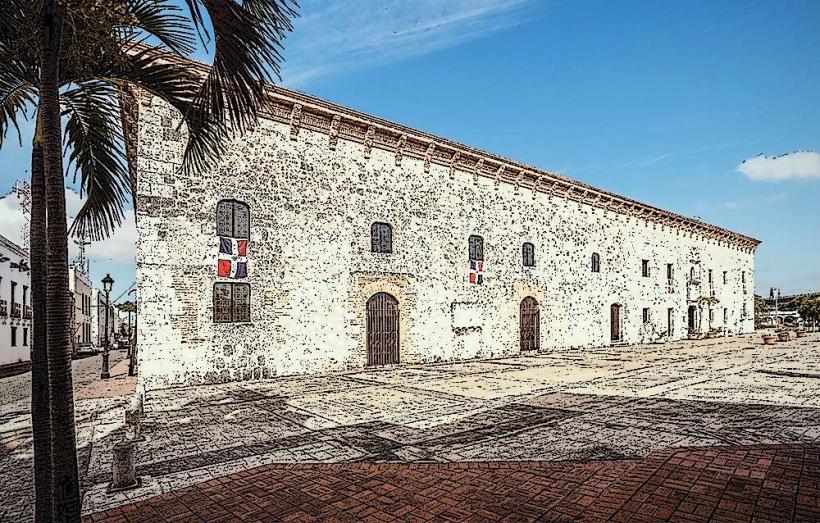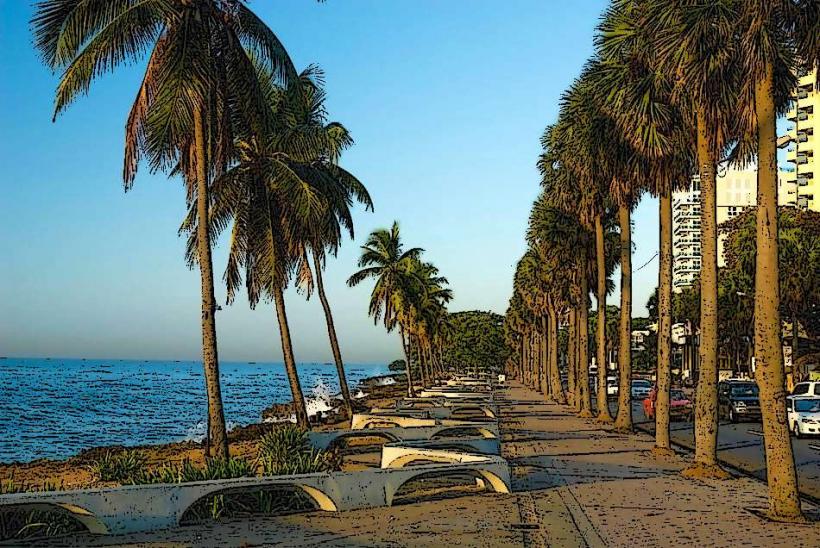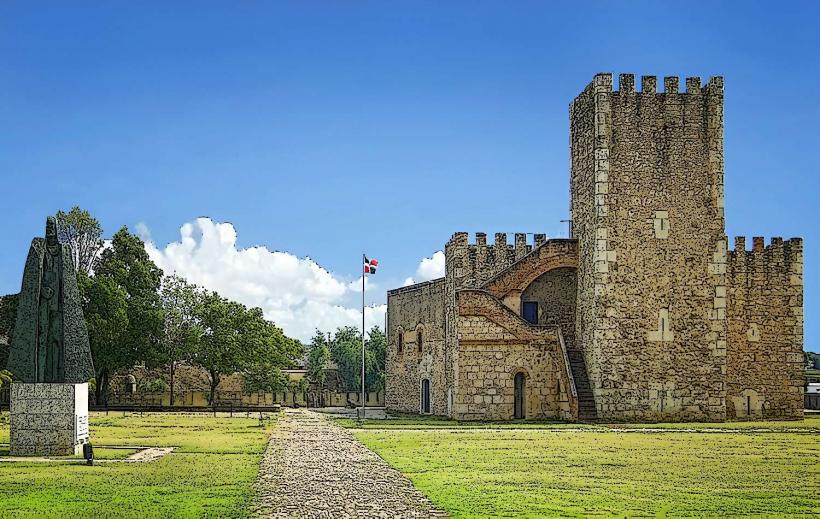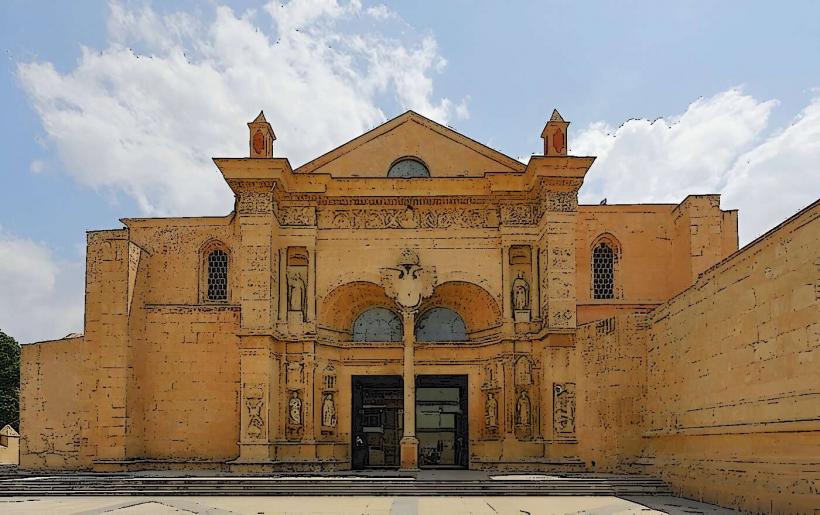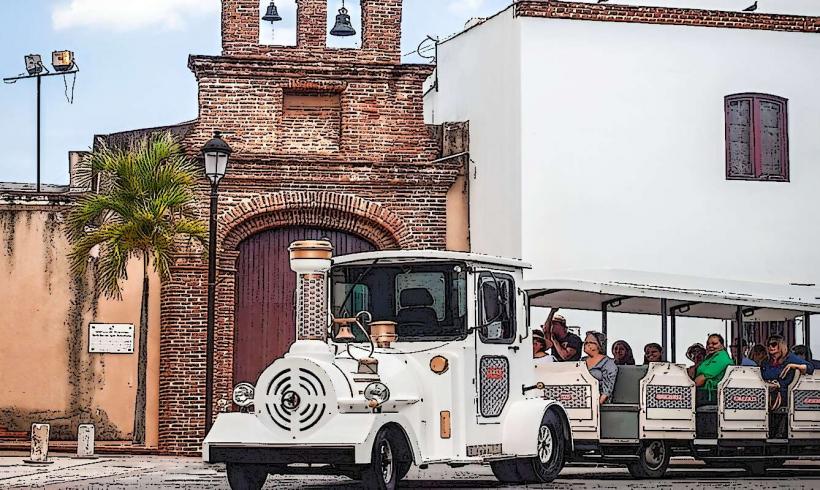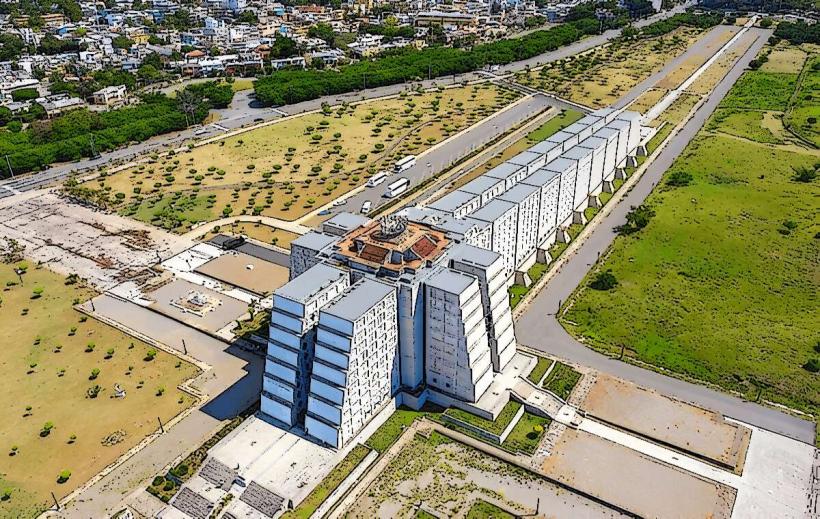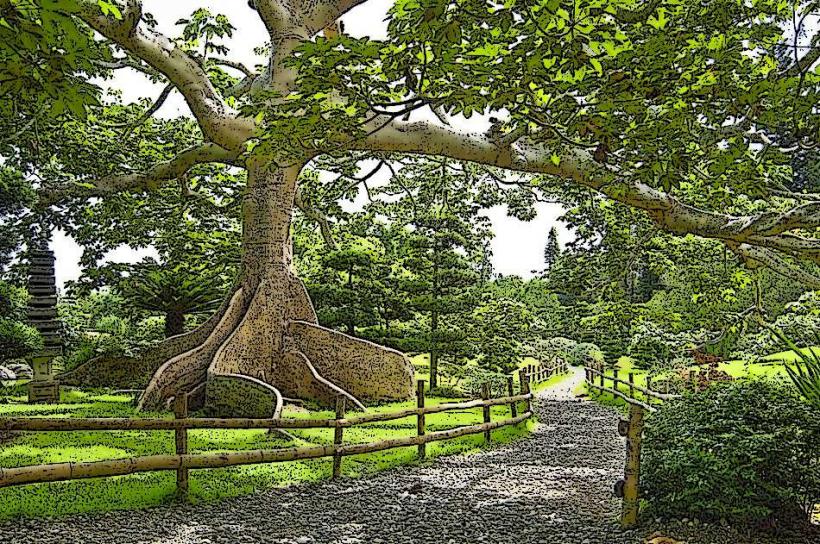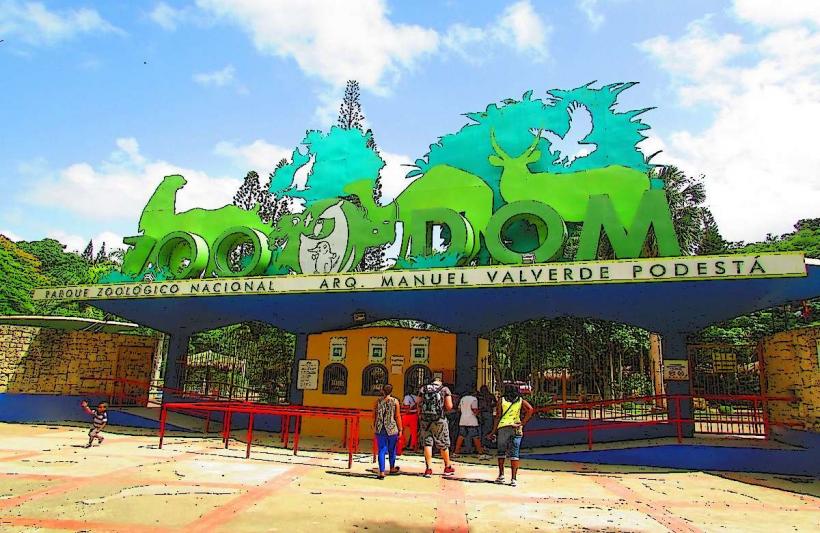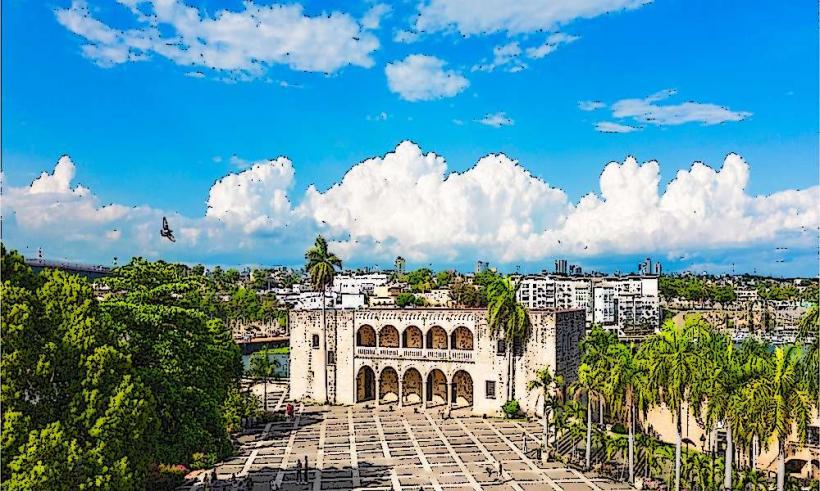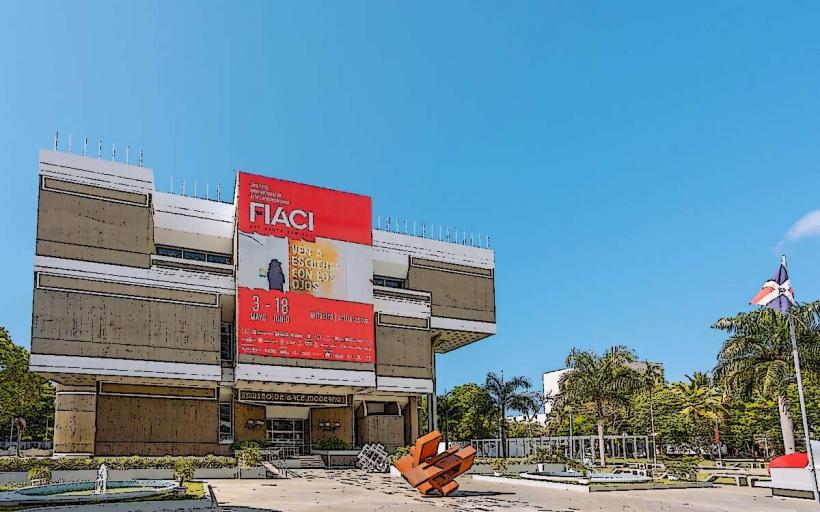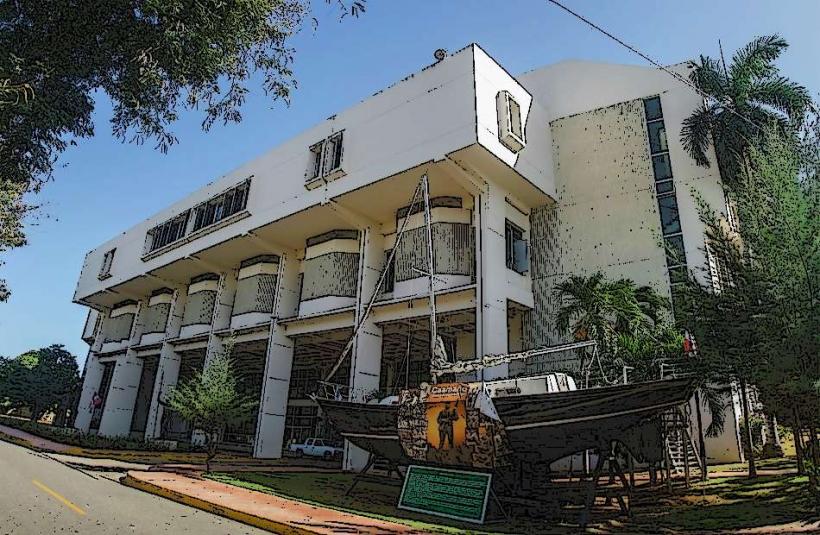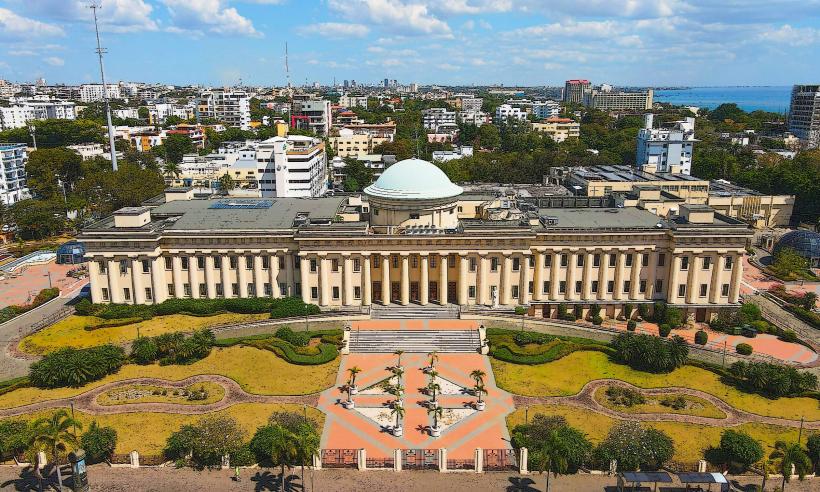Information
Landmark: Alcázar de ColónCity: Santo Domingo
Country: Dominican Republic
Continent: North America
The Alcázar de Colón, located in the historic city of Santo Domingo in the Dominican Republic, is one of the most iconic landmarks in the country and a significant symbol of its colonial history. It is part of the UNESCO World Heritage Site of the Colonial City of Santo Domingo, recognized for its historical and architectural value.
Historical Overview
- Construction: The Alcázar de Colón was built between 1510 and 1514 as the residence of Diego Columbus, the eldest son of Christopher Columbus, and his family. Diego Columbus was the Governor of Hispaniola and the Viceroy of the Indies.
- Purpose: It served as the administrative and residential center for Spanish colonial rule in the Americas during the early 16th century.
- Abandonment and Restoration: The palace was abandoned for many years and fell into disrepair. In the mid-20th century, it underwent significant restoration to preserve its historical and architectural integrity.
Architectural Features
- Style: The Alcázar de Colón is a prime example of Spanish Gothic and Renaissance architectural styles, adapted to the Caribbean climate and materials.
- Materials: The building is constructed from coral limestone, a locally sourced material that gives the structure its distinctive appearance.
- Design: It is a two-story building with:
- Arched stone entrances and windows.
- Wide balconies overlooking the Ozama River and the surrounding city.
- Interior courtyards, providing natural ventilation and light.
- Rooms: The palace contains around 22 rooms, including living quarters, administrative offices, and storage spaces.
Significance
- Colonial Administration: The Alcázar served as the center of colonial governance and decision-making, where important policies for the New World were formulated.
- Cultural Influence: The residence reflects the blending of European architectural styles with local Caribbean influences, showcasing the early cultural exchange in the Americas.
- Strategic Location: Overlooking the Ozama River, it symbolized Spanish control and facilitated trade and defense.
The Alcázar Today
- Museum: Today, the Alcázar de Colón operates as a museum, officially known as the Museum of the Royal Houses (Museo Alcázar de Colón). It houses an impressive collection of:
- 16th-century furniture, artifacts, and tapestries.
- Period artworks, including portraits of Spanish royalty and colonial figures.
- Documents and exhibits detailing the early history of the Americas.
- Tourist Attraction: The site is a major draw for visitors interested in Dominican history and colonial heritage.
- Events and Exhibits: It frequently hosts cultural events, guided tours, and exhibitions that highlight the legacy of the Columbus family and Spanish colonial rule.
Surrounding Area
The Alcázar is located in the Plaza de España, a prominent open square in the heart of Santo Domingo’s Colonial Zone. The plaza is surrounded by restaurants, cafes, and other historic buildings, making it a lively hub for both locals and tourists. The site’s proximity to the Ozama Fortress and other colonial landmarks adds to its significance as a cultural and historical destination.
UNESCO Recognition
The Alcázar de Colón is a vital part of the Colonial City of Santo Domingo, which was designated a UNESCO World Heritage Site in 1990. This recognition underscores its importance as one of the earliest examples of Spanish colonial architecture in the Americas and a testament to the region’s historical significance.
Practical Information for Visitors
- Location: Calle Las Damas, Santo Domingo, Dominican Republic.
- Opening Hours: Typically open daily, but hours may vary; check local schedules.
- Admission: There is an entry fee, with discounts often available for students and seniors.
- Accessibility: While some areas are accessible, the historical nature of the building means that certain parts might not be easily navigable for visitors with mobility issues.
The Alcázar de Colón is not just a monument to the past but a vibrant reminder of the Dominican Republic's role in the early days of the Americas' colonization. Its blend of history, art, and culture makes it a must-visit for anyone exploring Santo Domingo.

